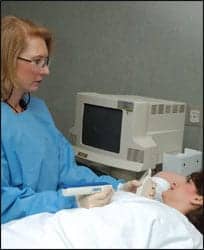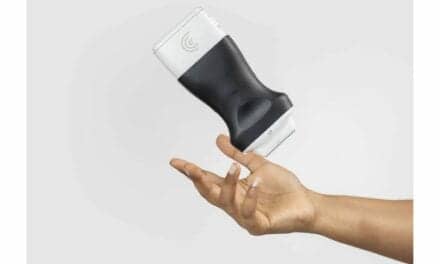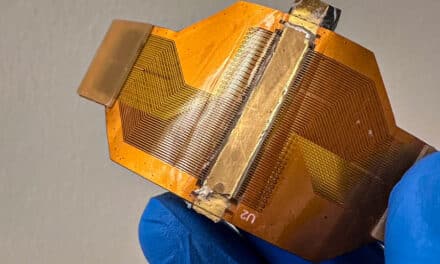By JL Silverman

Lumify operates from a compatible smart device connected to a Philips transducer. It brings together mobile applications, transducer innovations, integrated IT, education and support services to improve care and reduce costs. Users will have access to an online portal where they can manage their device through a subscription model.
Jagat Narula, MD, PhD, professor of medicine and Philip J. and Harriet L. Goodhart chair in Cardiology, and the director of cardiovascular imaging program at Mount Sinai’s Zena and Michael A. Wiener Cardiovascular Institute and the Marie-Josée and Henry R. Kravis Center for Cardiovascular Health, is passionate about advancing ultrasound technology. His feedback and critical insight to the Philips ultrasound team have been deemed visionary, as are his thoughts of how Lumify can transform our current care system.
“In my opinion, it is becoming an examination device and should be the primary method of our examination,” said Nerula. By using the Lumify ultrasound, physicians will able to identify what exactly is being looked at and will reduce the challenge of guesswork at the primary examination.
“It will be our initial screening. This will save time. The physician will be able to make a diagnosis right then. It is going to save money by making the examination more cost effective. It is going to revolutionize the way we practice medicine. Now we will have the answers at the bedside and we will not be waiting for the diagnostic desk to tell us what they find,” said Nerula.
Lumify is currently designed for emergency departments and urgent care centers. Time is often an enormous challenge in these clinical environments and Lumify can benefit both patient care and provider by:
Reducing the number of false positives that are often presented. Lumify creates a better sensitivity and a better specificity so that the people who are ultimately sent for further testing would be more likely to have the disease presented.
Reducing the need to move patients around. All tests can be done bedside.
Creating efficiencies as multiple conditions can be checked simultaneously. Healthcare providers will be able to see more specifically where the problem is and what solutions can be offered.
Enhancing the patient experience. Since the physician using the ultrasound spends five to ten minutes directly examining the patient, it can bring the doctor and patient closer—and offers the ability to prescribe the right test for the right person at the right time.
“We will radically change our approach to the patient’s examination and management. We are talking about better care,” said Nerula.
While many vendors offer portable ultrasound, app-based ultrasound technology ultimately promises to be more flexible. All that is needed to perform the ultrasound is the transducer, then high-resolution images are displayed onto a digital platform. Currently, the transducer is still connected with a cord but eventually it will be designed without one. The first generation app-based ultrasound solution is equipped with an app designed for surface and deep-tissue imaging in primarily urgent or emergency care settings, and can be used by musculoskeletal specialists (e.g., sports medicine, podiatry and orthopedics).
Cloud-enabled technology gives Lumify its flexibility and mobility and Nerula envisions a day when, “Instead of a stethoscope I will be hanging an ultrasound around my neck. It will be a cultural change in medical care.”
There is a scalable subscription model in order to allow more facilities to address current and future needs while being able to afford the technology.
Lumify works with compatible smart devices and is currently compatible with the Android Nexus 7” tablet. Plans are underway for Lumify to be compatible with Apple devices in the future while completion of compatibility testing on several additional Android devices (Android 8” and 6” devices) is expected in the coming months.
Currently, Lumify is cleared for use in urgent care settings. Nerula noted the potential of the app based technology and the next steps of exploring the outer periphery of the healthcare system beyond the hospital. Ultimately, the vision is for Lumify to be used in ambulances, military and veteran care facilities, and for home monitoring.
###
JL Silverman is a contributing writer for AXIS.







